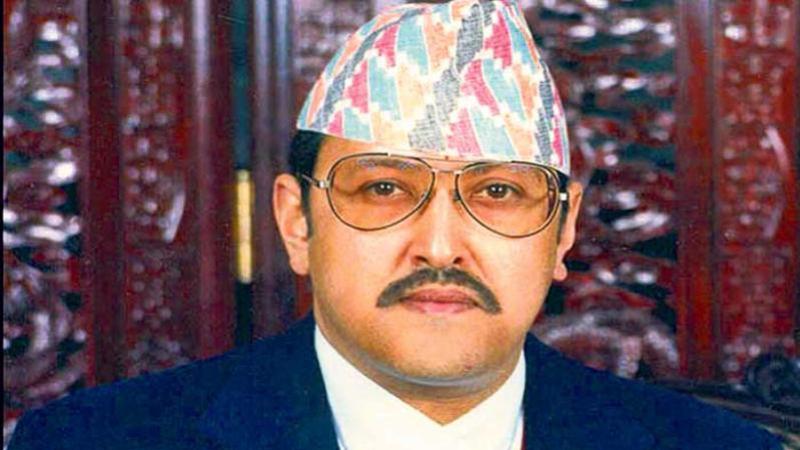New Theory Emerges Linking Pakistan's ISI to 2001 Nepal Royal Massacre

Over two decades after the shocking 2001 massacre of Nepal's royal family, a new theory implicates Pakistan's intelligence agency, the Inter-Services Intelligence (ISI), and notorious gangster Dawood Ibrahim. The established narrative holds that Crown Prince Dipendra, reportedly intoxicated and angered by his parents' opposition to his marriage plans with Devyani Rana, killed King Birendra and ten other family members before fatally shooting himself on June 1, 2001. Some accounts also suggest Dipendra was enraged by the King potentially considering a Maoist proposal for a ceremonial monarchy to end the ongoing insurgency.
However, alternative theories have persisted. Shortly after the killings, Maoist leader Baburam Bhattarai suggested a political conspiracy. Suspicion also fell upon King Birendra's brother, Gyanendra, who was absent during the event and subsequently ascended the throne, though he has consistently denied involvement.
A recently published book, "Kathmandu Chronicle: Reclaiming India Nepal Relations," co-authored by former Indian Ambassador to Nepal K. V. Rajan and Atul K. Thakur, introduces a startling hypothesis. The book alleges that the ISI, collaborating with Dawood Ibrahim's criminal network ("D & Co Group"), cultivated connections within the Nepali royal family, particularly with Crown Prince Dipendra.
According to the authors, both the ISI and Ibrahim—who fled India in 1986 and has allegedly operated under ISI protection in Pakistan since the 1993 Mumbai blasts—shared an interest in undermining King Birendra. The book claims the King was discreetly aiding India in curbing the misuse of the open border for terrorism and smuggling, activities linked to Pakistan and Ibrahim's syndicate. It suggests Ibrahim sought to destabilize the monarchy partly in retaliation for King Birendra's efforts that led to the exposure of Pakistani activities in Nepal.
The book posits that Prince Dipendra was manipulated, allegedly influenced by "personality-changing drugs and alcohol" and fed misinformation suggesting the King was ready to accept a purely ceremonial role, thereby threatening Dipendra's future. This manipulation, combined with his existing frustrations over his marriage, allegedly pushed him towards the massacre. The authors argue the ISI successfully instigated the tragedy, believing it would destabilize the monarchy and sour Nepal-India relations, given King Gyanendra's perceived cooler relationship with India.
However, "Kathmandu Chronicle" notes that subsequent events unfolded differently than the alleged ISI/D & Co plan. The Maoists eventually joined Nepal's political mainstream, and the country did not become the anti-India staging ground Pakistan might have envisioned. The authors suggest the alleged involvement of ISI and Dawood remained concealed due to the secrecy of palace insiders and potentially compromising information held by those involved.
Interestingly, shortly after the massacre in 2001, the Indian political party Shiv Sena had publicly accused the ISI and Maoist insurgents of orchestrating the killings, though the basis for their claim was not specified at the time.
This news summary is based on an article originally published by The Diplomat, authored by Rajeev Bhattacharyya on June 06, 2024.




![From Kathmandu to the World: How Excel Students Are Winning Big [Admission Open]](https://nepalaaja.com/img/70194/medium/excel-college-info-eng-nep-2342.jpg)
